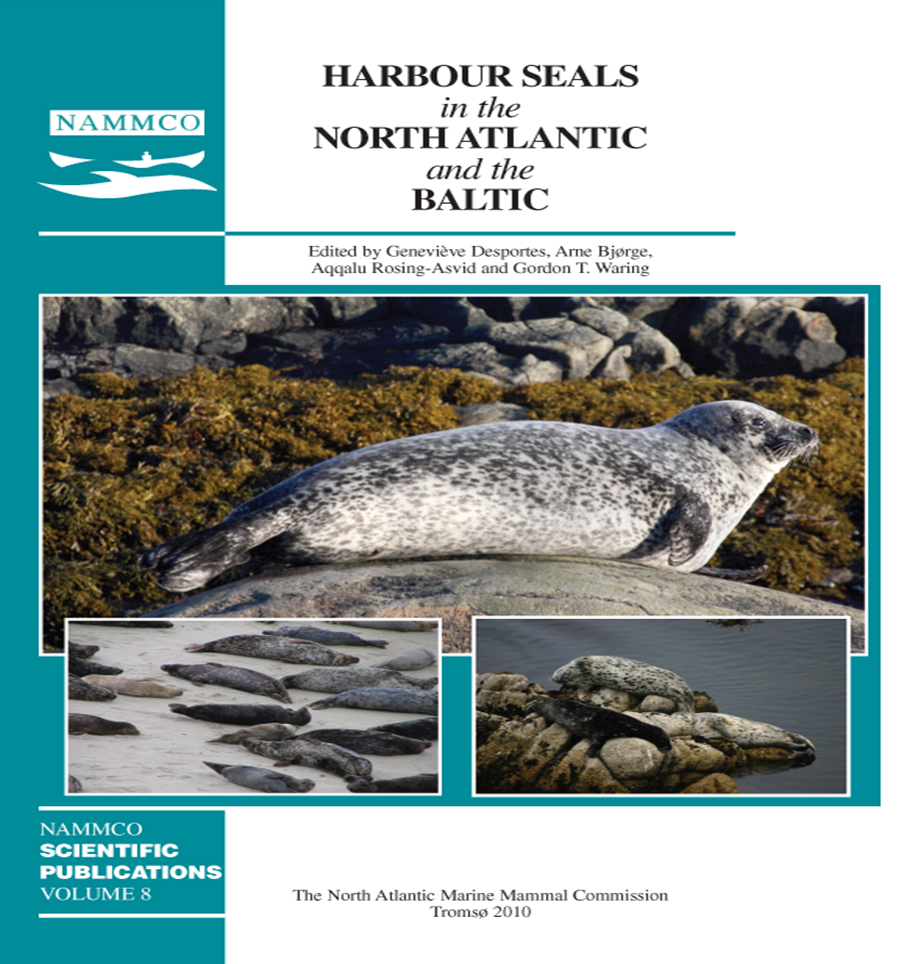Population development and status of harbour seals (Phoca vitulina) in the Wadden Sea
DOI:
https://doi.org/10.7557/3.2677Keywords:
harbour seals, Wadden Sea, condition, population statusAbstract
An index for the condition of a population should include a measure of the recuperative power or resilience of the population in question. This measure needs to cover both the demographic and physiological condition of the population. Applied to the harbour seal population in the Wadden Sea we therefore address respectively the population development and distribution, and its health condition, and relate these to environmental conditions. The harbour seal population has been severely depleted by hunting in the first half of the 20th century. After hunting was stopped in the mid-1970s the population recovered gradually. This recovery was twice interrupted by Phocine Distemper Virus (PDV) outbreaks in 1988 and 2002. These PDV-epizootics reduced the population by 57% and 50% respectively. They also lead to changes in age and sex structure of the population, which gradually returned to a stable age-structure. Despite the reduction in population size by respectively 57% and 50%, the population showed a strong recovery with a growth rate close to the considered maximum possible for this species. The observed changes in the distribution of the population over the 4 sub-regions indicate that distribution is not a static phenomenon. Long term field and pathological investigations point out that the general health status of the population has improved, particularly that of newborn seals (0-6months old). The increasing prevalence of parasites in lungs and intestine warrants continued monitoring of the health status of seals. This is especially relevant in view of the exponential increase of the population, which may finally approach the carrying capacity of the area. Concluding, we canstate that the condition of the population in terms of demographic and health parameters is satisfactory. The best guarantee for maintaining such a favourable conservation status is to abstain from human interferences (e.g. rescue, rehabilitation and release) with natural population processes. However, in practice there is increasing exploitation of marine waters. This requires a continuous monitoring of the potential impacts on the population, particularly of the effect on foraging and migratory behaviour.Downloads
Published
2010-09-01
How to Cite
Reijnders, P. J., Brasseur, S. M., Tougaard, S., Seibert, U., Borchardt, T., & Stede, M. (2010). Population development and status of harbour seals (<i>Phoca vitulina</i>) in the Wadden Sea. NAMMCO Scientific Publications, 8, 95–105. https://doi.org/10.7557/3.2677
Issue
Section
Articles





